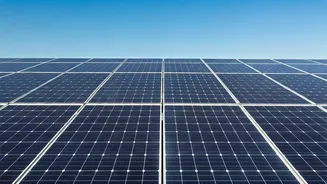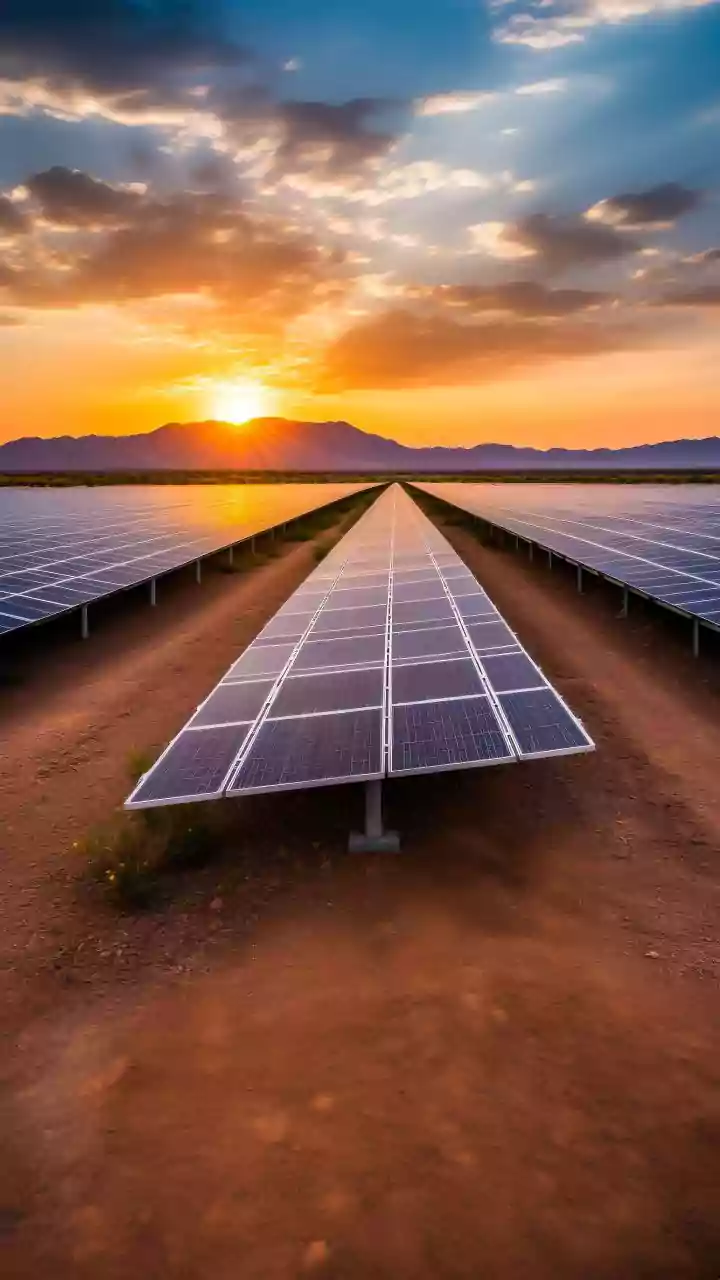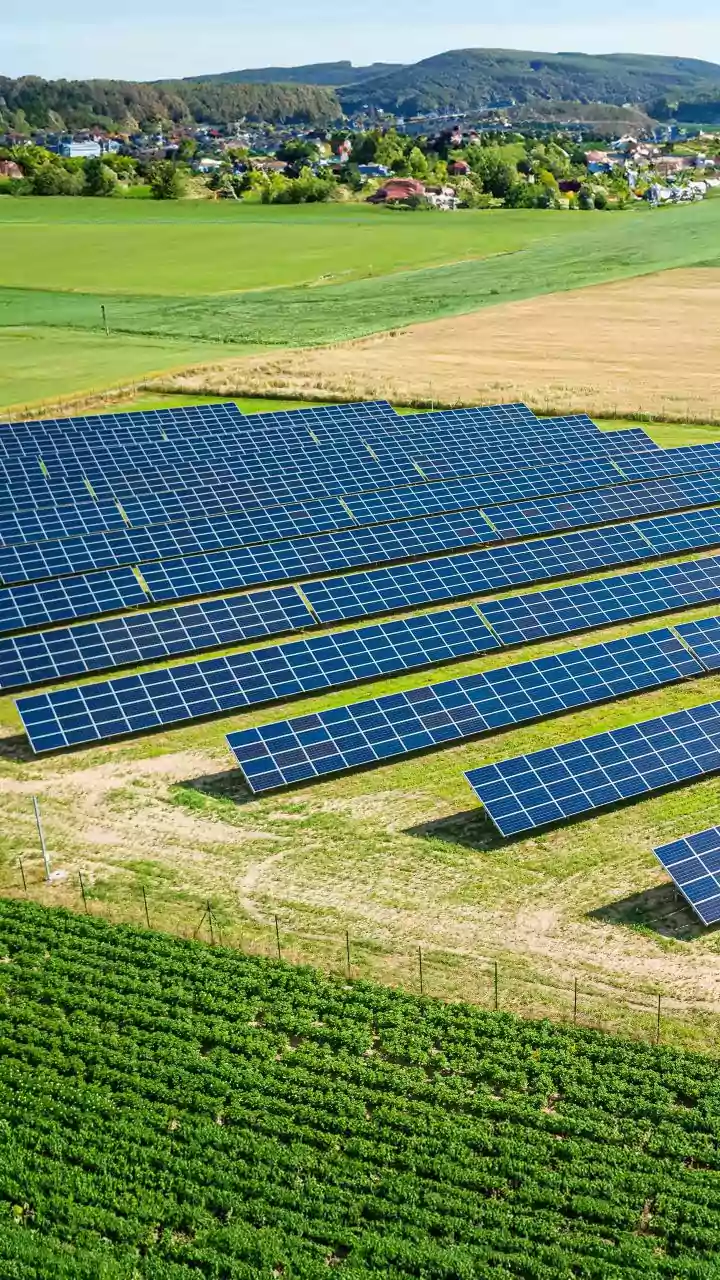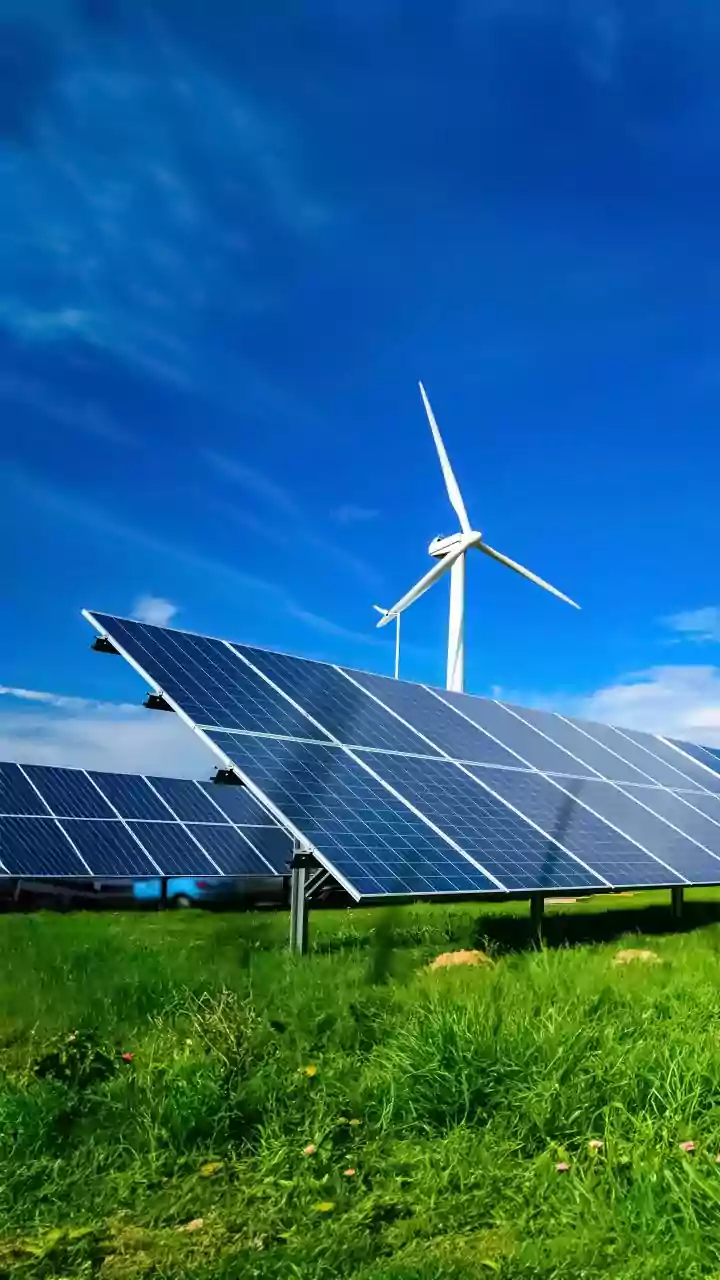Capacity Expansion Unveiled
The solar manufacturing sector is poised for unprecedented growth, with predictions indicating a surge to over 125 gigawatts by the year 2025. This expansion
reflects the global push towards renewable energy sources and the increasing demand for solar power solutions. Several factors contribute to this growth, including government incentives, technological advancements, and decreasing production costs. Solar panel manufacturing has seen significant advancements, enabling higher efficiency and lower costs. These improvements have further driven demand and accelerated capacity expansion. Furthermore, the decreasing costs of solar technology are making it more accessible to consumers and businesses. However, this aggressive expansion also brings the potential for market imbalances and oversupply. The industry must navigate these challenges carefully to ensure sustainable growth and avoid pitfalls. Therefore, stakeholders must strategize to balance production capacity and market demand. This will be pivotal in maintaining the momentum of the solar industry's growth and its contribution to a greener future.
Overcapacity Concerns Emerge
The rapid increase in solar manufacturing capacity, while promising, also triggers concerns about overcapacity within the market. When production capabilities exceed demand, it can lead to several negative outcomes. These include falling prices, reduced profitability for manufacturers, and potential disruptions in the supply chain. Overcapacity might also lead to manufacturers scaling back production or delaying investments in new technologies. The solar industry has experienced periods of oversupply in the past, underscoring the importance of carefully managing capacity expansion. Addressing the possibility of overcapacity needs a coordinated strategy from industry players and policymakers alike. This may involve promoting demand through initiatives like subsidies, tax breaks, and public awareness campaigns. It also includes the exploration of new markets and applications for solar technology. Moreover, strengthening international collaborations and trade agreements could help manage oversupply by balancing production with demand across different regions. Proactive measures are crucial to guarantee that the solar industry's growth remains sustainable and does not suffer from market instability. This calls for ongoing monitoring of supply and demand dynamics.
Market Dynamics Impact
The dynamics of supply and demand are crucial in the solar market, with significant implications for pricing, profitability, and innovation. The expected surge in manufacturing capacity will likely lead to an increase in supply, potentially putting downward pressure on prices if demand does not keep pace. However, decreasing costs are also likely to increase the competitiveness of solar energy compared to traditional energy sources, attracting greater investment. Simultaneously, this can stimulate demand and foster growth. The profitability of solar manufacturers depends heavily on their ability to manage production costs, achieve operational efficiencies, and navigate fluctuating market conditions. Moreover, the competitive landscape encourages innovation, with companies seeking to develop more efficient, durable, and cost-effective solar technologies to gain an edge. In the long term, changes in market dynamics could influence the allocation of resources and investment decisions in the sector. Successfully navigating these market dynamics will be essential for the solar industry's sustainable growth. This demands flexible and adaptive strategies that can respond to changes in demand, technology, and global policy.
Future Outlook and Strategies
The future of the solar industry will be shaped by how efficiently the sector addresses the challenges and leverages the opportunities related to manufacturing capacity expansion. To avoid overcapacity and market instability, the industry must focus on strategic planning and proactive initiatives. This includes exploring new markets and applications for solar technologies, such as integration with smart grids, energy storage systems, and electric vehicle charging infrastructure. Additionally, diversifying product offerings and investing in research and development to improve solar panel efficiency are vital. Strengthening international collaborations and trade agreements can help balance supply and demand. Government policies play a critical role, providing financial incentives, setting regulatory standards, and supporting research and development. In addition, collaboration among stakeholders, including manufacturers, policymakers, and consumers, is essential for sustainable growth. Careful management of these elements will ensure the solar industry can contribute to global decarbonization efforts while thriving. The coming years will be important for setting the course for the industry's sustained expansion.
















